Code
HCS32506
Weight
8.92 Kg / 19.67 lbs
Size
Height
37cm (15") Width
27cm (11") Depth
7cm (3") Material
Copper
Availability
Available

Safe Payment
We accept Paypal, Money Transfer, Bank Transfer
Confidence
Protection covers your purchase and personal data.
Worldwide Delivery
We ship Worldwide, except Russia.Shipping cost US$25.2 for upto 0.5 kgs

Hotline
Talk to help line for your question on 9841267335Yeshe Tsogyal : Brief Introduction
Yeshe Tsogyal, also known as Princess Yeshe Tsogyal, is another prominent figure in Tibetan Buddhism, particularly revered as one of the most important female disciples of Padmasambhava. Here's an overview of Yeshe Tsogyal's iconography and significance: Read More . . .
Yeshe Tsogyal, also known as Princess Yeshe Tsogyal, is another prominent figure in Tibetan Buddhism, particularly revered as one of the most important female disciples of Padmasambhava. Here's an overview of Yeshe Tsogyal's iconography and significance: Read More . . .
Full Fire Gold Plating
This Padmasambhava Wifes, [mandarava And Yeshe Tsogya], Buddhist Handmade Statue, [face Painted] And [gold Plated] is finished with full gold plating. also known as mercury gold plating or fire gold plating. This traditional technique involves the application of a genuine layer of gold onto the Padmasambhava Wifes, [mandarava And Yeshe Tsogya], Buddhist Handmade Statue, [face Painted] And [gold Plated]. Referred to as mercury gold plating, it is considered the correct and authentic form of gold plating in Nepal. Despite being more expensive than electroplating, this traditional mercury gold plating is gaining popularity again in Nepal. People are drawn to its authenticity, longevity, and the unmatched beauty it brings to the Padmasambhava Wifes, [mandarava And Yeshe Tsogya], Buddhist Handmade Statue, [face Painted] And [gold Plated]. The resurgence of interest in this traditional form of gold plating reflects a growing appreciation for the craftsmanship and cultural heritage of Nepal Read More . . .
This Padmasambhava Wifes, [mandarava And Yeshe Tsogya], Buddhist Handmade Statue, [face Painted] And [gold Plated] is finished with full gold plating. also known as mercury gold plating or fire gold plating. This traditional technique involves the application of a genuine layer of gold onto the Padmasambhava Wifes, [mandarava And Yeshe Tsogya], Buddhist Handmade Statue, [face Painted] And [gold Plated]. Referred to as mercury gold plating, it is considered the correct and authentic form of gold plating in Nepal. Despite being more expensive than electroplating, this traditional mercury gold plating is gaining popularity again in Nepal. People are drawn to its authenticity, longevity, and the unmatched beauty it brings to the Padmasambhava Wifes, [mandarava And Yeshe Tsogya], Buddhist Handmade Statue, [face Painted] And [gold Plated]. The resurgence of interest in this traditional form of gold plating reflects a growing appreciation for the craftsmanship and cultural heritage of Nepal Read More . . .
Gold Painted Face
The face of Padmasambhava Wifes, [mandarava And Yeshe Tsogya], Buddhist Handmade Statue, [face Painted] And [gold Plated] is painted with gold to enhance its significant features, particularly the eyes, and lips. This detailed painting is essential as it brings forth the crucial attributes of the expression of eyes and lips that metal carving alone cannot capture.
Moreover, the painted face serves as a symbolic and sacred ritual in Buddhism, preparing the statue for consecration and practice. The act of painting the face with gold in Buddhism holds deep meaning. It represents the intention to bring life and expression to the statue, imbuing it with a sense of vitality and presence. The application of gold on the face showcases the devotion and craftsmanship of the artisans, ensuring that every detail is carefully attended to honor the sacred essence of the Padmasambhava Wifes, [mandarava And Yeshe Tsogya], Buddhist Handmade Statue, [face Painted] And [gold Plated]. Read More . . .
The face of Padmasambhava Wifes, [mandarava And Yeshe Tsogya], Buddhist Handmade Statue, [face Painted] And [gold Plated] is painted with gold to enhance its significant features, particularly the eyes, and lips. This detailed painting is essential as it brings forth the crucial attributes of the expression of eyes and lips that metal carving alone cannot capture.
Moreover, the painted face serves as a symbolic and sacred ritual in Buddhism, preparing the statue for consecration and practice. The act of painting the face with gold in Buddhism holds deep meaning. It represents the intention to bring life and expression to the statue, imbuing it with a sense of vitality and presence. The application of gold on the face showcases the devotion and craftsmanship of the artisans, ensuring that every detail is carefully attended to honor the sacred essence of the Padmasambhava Wifes, [mandarava And Yeshe Tsogya], Buddhist Handmade Statue, [face Painted] And [gold Plated]. Read More . . .
Lost-Wax System
This Padmasambhava of Padmasambhava Wifes, [mandarava And Yeshe Tsogya], Buddhist Handmade Statue, [face Painted] And [gold Plated] is made by the process of the Lost Wax system. This is a very complicated, time consuming and historic process of making metal sculptures.Which is why it is sometimes called Precision Casting as well. Hence the sculptures made by this process are comparatively expensive. There are many new, advanced and less time consuming methods of casting metal sculptures available as well. But due to the benefits provided by the traditional lost wax system in quality control and customization, we prefer the Loss wax system over Ceramic molding, or sand casting to make our Padmasambhava.
Below we have tried to illustrate the process of making a loss wax system statue: Read More . . .
This Padmasambhava of Padmasambhava Wifes, [mandarava And Yeshe Tsogya], Buddhist Handmade Statue, [face Painted] And [gold Plated] is made by the process of the Lost Wax system. This is a very complicated, time consuming and historic process of making metal sculptures.Which is why it is sometimes called Precision Casting as well. Hence the sculptures made by this process are comparatively expensive. There are many new, advanced and less time consuming methods of casting metal sculptures available as well. But due to the benefits provided by the traditional lost wax system in quality control and customization, we prefer the Loss wax system over Ceramic molding, or sand casting to make our Padmasambhava.
Below we have tried to illustrate the process of making a loss wax system statue: Read More . . .
Brief Introduction :
Mandarava, also known as Princess Mandarava, holds a significant place in Tibetan Buddhist iconography and lore as the wife of Padmasambhava, the legendary Indian tantric master who helped establish Buddhism in Tibet. Here's an overview of Mandarava's iconography:
Appearance: Mandarava is typically depicted as a youthful and beautiful figure, often adorned with elegant clothing and jewelry that symbolize her royal lineage. She is shown with a serene expression, embodying grace and wisdom.
Attributes: In her iconography, Mandarava may be portrayed holding various symbolic objects. One common attribute is the lotus (padma), which signifies purity and enlightenment. This connection to the lotus aligns her with the symbolism often associated with Padmasambhava (literally, "Lotus-Born").
Posture and Gestures: Mandarava is often depicted in a relaxed and meditative posture, sometimes seated on a lotus throne alongside Padmasambhava. Her hand gestures (mudras) can convey specific meanings such as teaching, meditation, or bestowing blessings.
Crown and Attire: As a princess, Mandarava's attire may include a crown or elaborate headdress, symbolizing her royal status. The attire is typically richly adorned but also reflects the simplicity and purity inherent to spiritual figures in Tibetan Buddhism.
Symbolism: Mandarava's iconography is rich in symbolism, representing her role as a consort and spiritual partner to Padmasambhava. Their union symbolizes the harmonization of wisdom and skillful means in tantric practice.
Lotus Symbolism: The lotus theme is central to Mandarava's iconography. It signifies purity and the potential for spiritual growth despite being rooted in muddy waters. This symbolism aligns with the transformative path of Buddhist practice.
Role in Practice: Mandarava is revered in Tibetan Buddhism as a realized yogini and a source of inspiration for practitioners, particularly in the context of tantric teachings. Her story with Padmasambhava exemplifies the transformative power of spiritual partnership and the path of enlightenment.
In Tibetan Buddhist art and practice, Mandarava's depiction alongside Padmasambhava highlights the importance of wisdom, compassion, and the transformative nature of spiritual partnership on the path to enlightenment.
Attributes: In her iconography, Mandarava may be portrayed holding various symbolic objects. One common attribute is the lotus (padma), which signifies purity and enlightenment. This connection to the lotus aligns her with the symbolism often associated with Padmasambhava (literally, "Lotus-Born").
Posture and Gestures: Mandarava is often depicted in a relaxed and meditative posture, sometimes seated on a lotus throne alongside Padmasambhava. Her hand gestures (mudras) can convey specific meanings such as teaching, meditation, or bestowing blessings.
Crown and Attire: As a princess, Mandarava's attire may include a crown or elaborate headdress, symbolizing her royal status. The attire is typically richly adorned but also reflects the simplicity and purity inherent to spiritual figures in Tibetan Buddhism.
Symbolism: Mandarava's iconography is rich in symbolism, representing her role as a consort and spiritual partner to Padmasambhava. Their union symbolizes the harmonization of wisdom and skillful means in tantric practice.
Lotus Symbolism: The lotus theme is central to Mandarava's iconography. It signifies purity and the potential for spiritual growth despite being rooted in muddy waters. This symbolism aligns with the transformative path of Buddhist practice.
Role in Practice: Mandarava is revered in Tibetan Buddhism as a realized yogini and a source of inspiration for practitioners, particularly in the context of tantric teachings. Her story with Padmasambhava exemplifies the transformative power of spiritual partnership and the path of enlightenment.
In Tibetan Buddhist art and practice, Mandarava's depiction alongside Padmasambhava highlights the importance of wisdom, compassion, and the transformative nature of spiritual partnership on the path to enlightenment.


![Padmasambhava Wifes, [mandarava And Yeshe Tsogya], Buddhist Handmade Statue, [face Painted] And [gold Plated]](https://handicraftseller.com/uploads/pics/product/thumb/2024/04/32506_3.jpg)
![Padmasambhava Wifes, [mandarava And Yeshe Tsogya], Buddhist Handmade Statue, [face Painted] And [gold Plated]](https://handicraftseller.com/uploads/pics/product/thumb/2024/04/32506_4.jpg)
![Padmasambhava Wifes, [mandarava And Yeshe Tsogya], Buddhist Handmade Statue, [face Painted] And [gold Plated]](https://handicraftseller.com/uploads/pics/product/thumb/2024/04/32506_5.jpg)
![Padmasambhava Wifes, [mandarava And Yeshe Tsogya], Buddhist Handmade Statue, [face Painted] And [gold Plated]](https://handicraftseller.com/uploads/pics/product/thumb/2024/04/32506_6.jpg)
![Padmasambhava Wifes, [mandarava And Yeshe Tsogya], Buddhist Handmade Statue, [face Painted] And [gold Plated]](https://handicraftseller.com/uploads/pics/product/thumb/2024/04/32506_7.jpg)
![Padmasambhava Wifes, [mandarava And Yeshe Tsogya], Buddhist Handmade Statue, [face Painted] And [gold Plated]](https://handicraftseller.com/uploads/pics/product/thumb/2024/04/32506.jpg)
![Padmasambhava Wifes, [mandarava And Yeshe Tsogya], Buddhist Handmade Statue, [face Painted] And [gold Plated]](https://handicraftseller.com/uploads/pics/product/thumb/2024/04/32506_0.jpg)
![Padmasambhava Wifes, [mandarava And Yeshe Tsogya], Buddhist Handmade Statue, [face Painted] And [gold Plated]](https://handicraftseller.com/uploads/pics/product/thumb/2024/04/32506_1.jpg)
![Padmasambhava Wifes, [mandarava And Yeshe Tsogya], Buddhist Handmade Statue, [face Painted] And [gold Plated]](https://handicraftseller.com/uploads/pics/product/thumb/2024/04/32506_2.jpg)
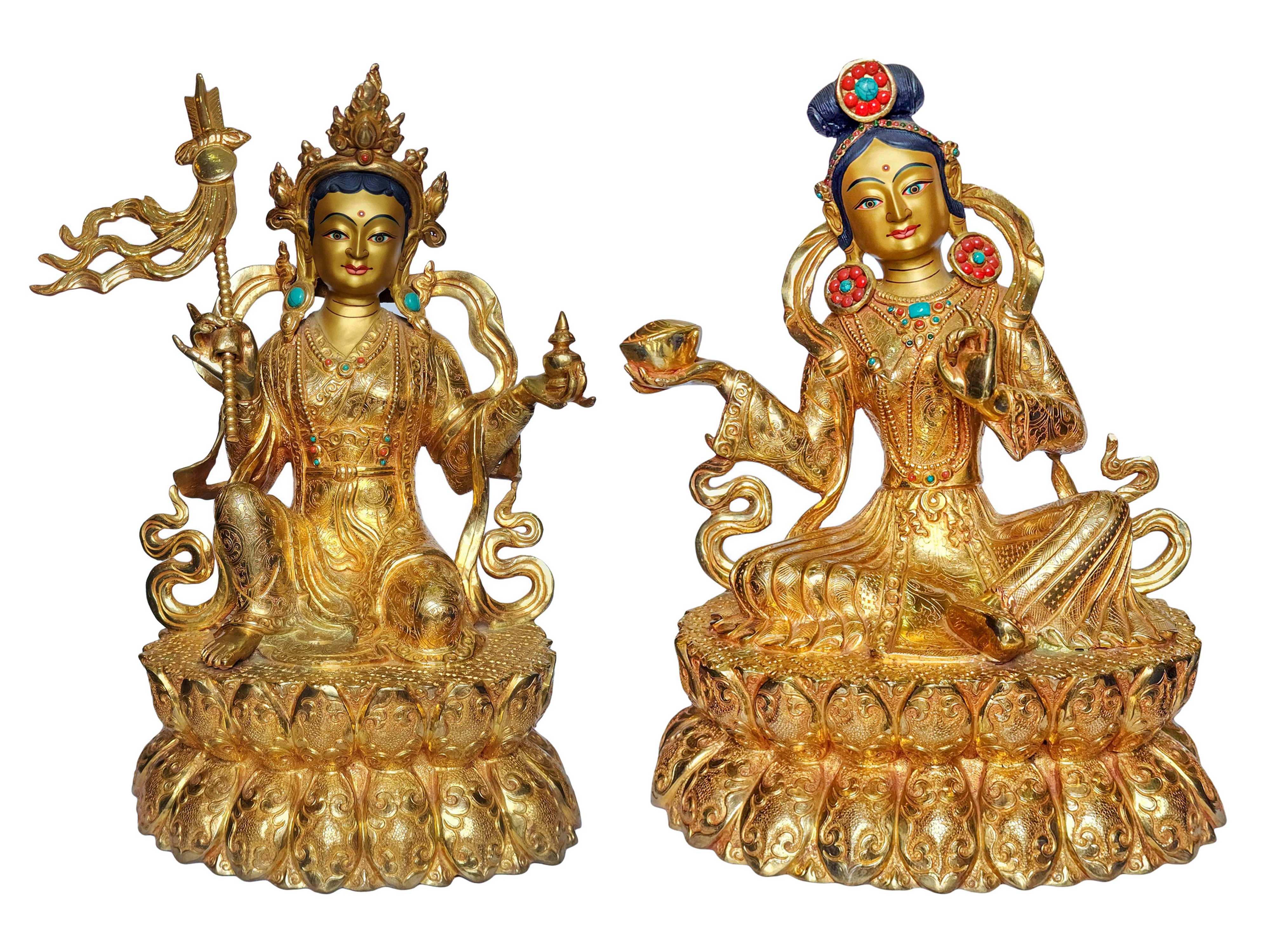

























































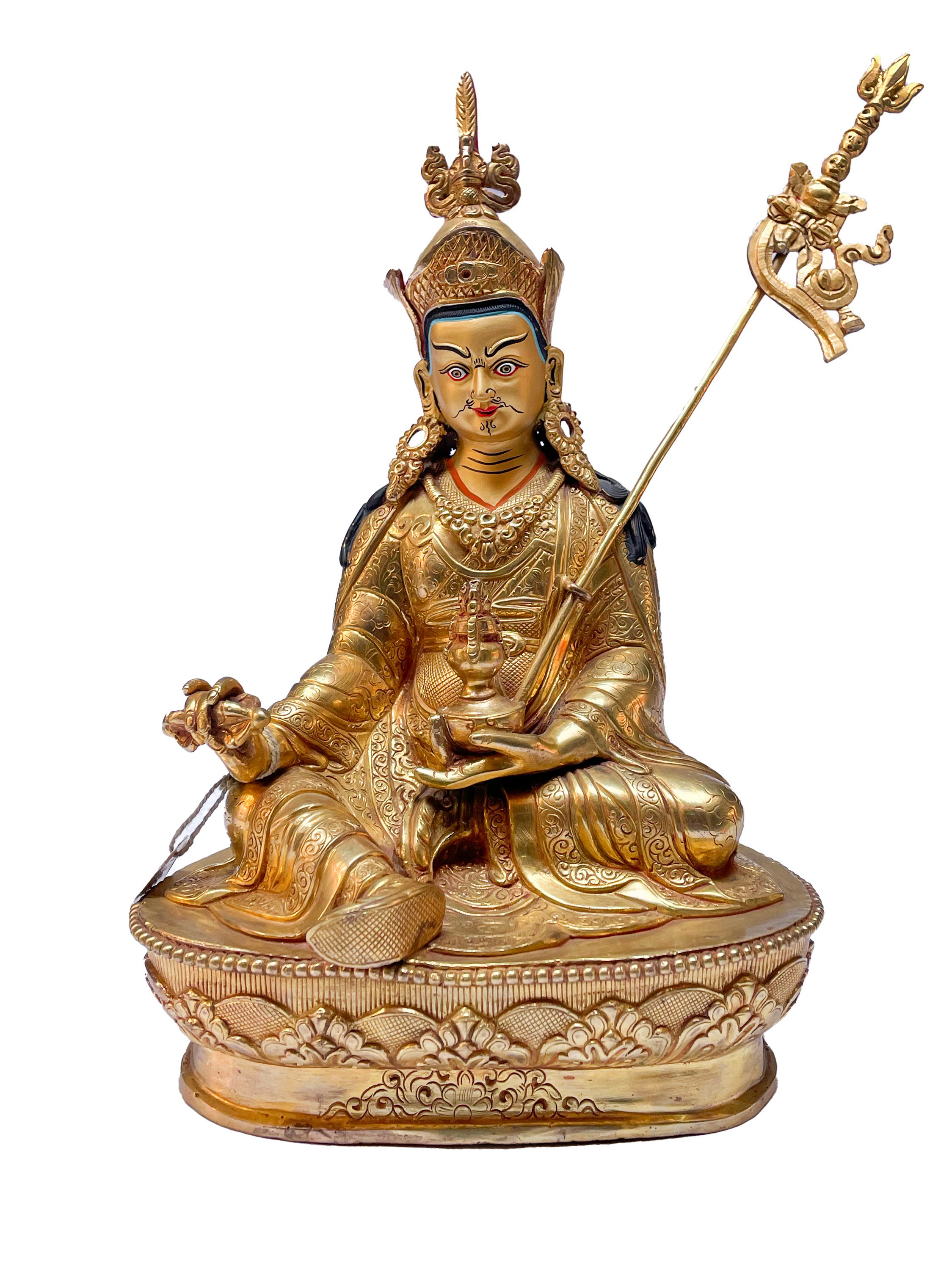 of Padmasambhava,
of Padmasambhava, 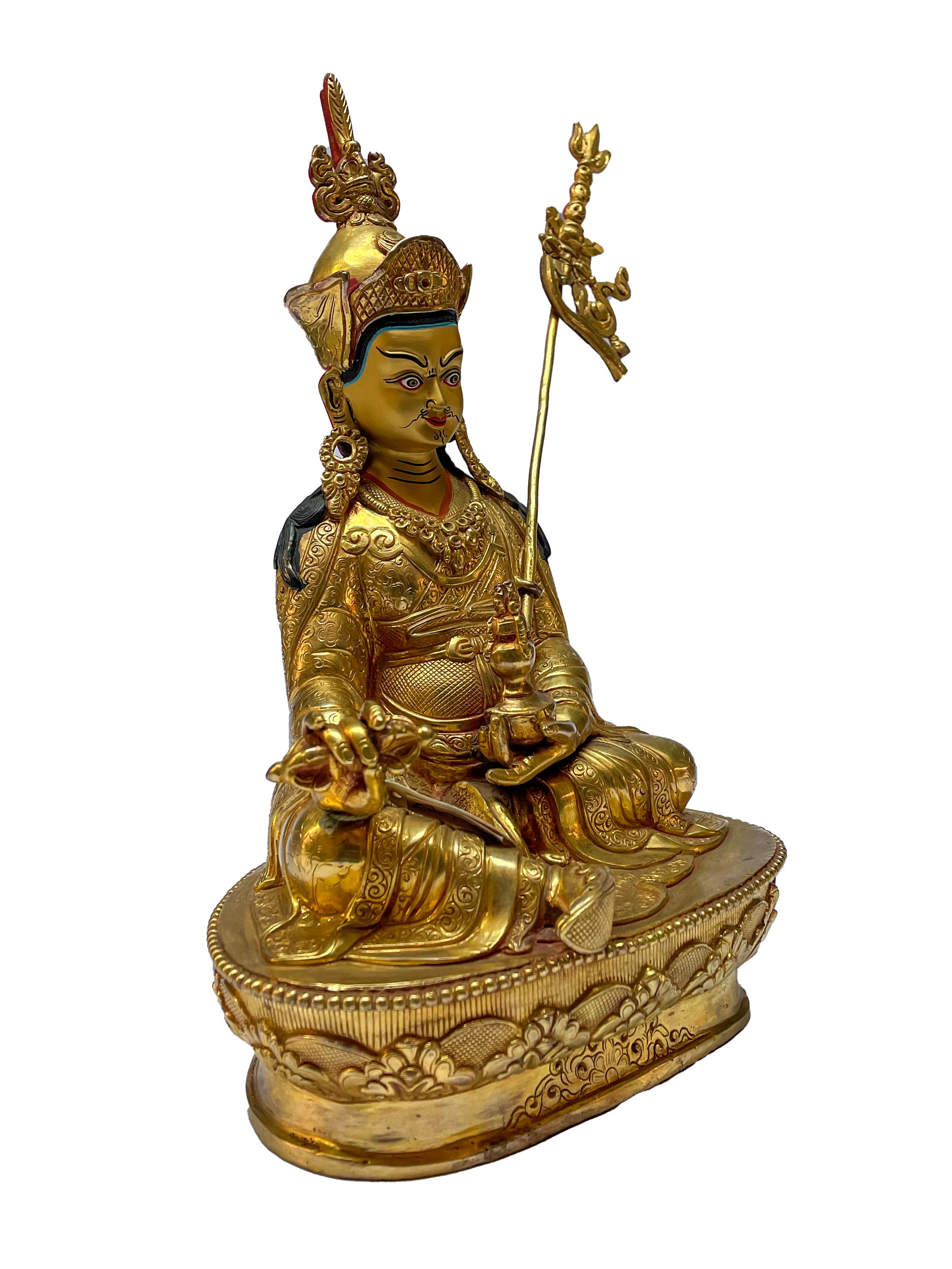 of Padmasambhava,
of Padmasambhava, 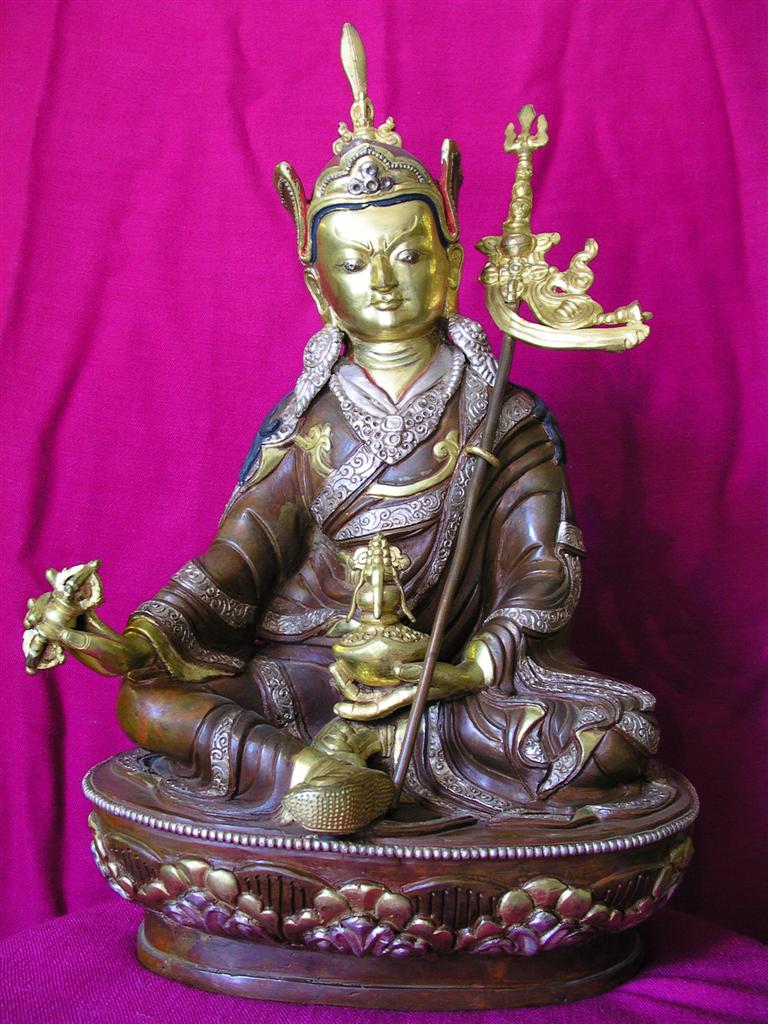 Sold" title="Padmasambhava,
Sold" title="Padmasambhava, 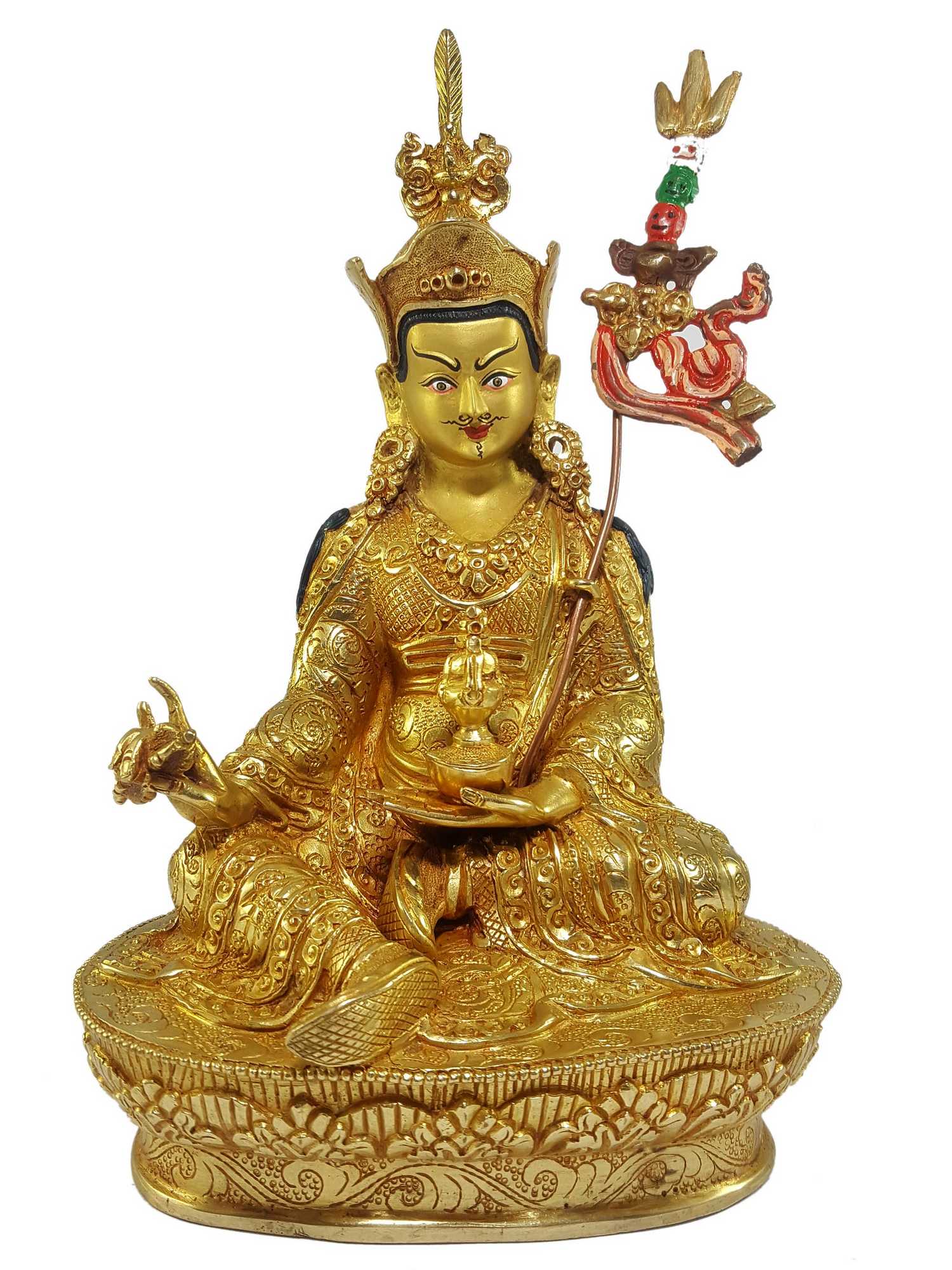 of Padmasambhava
of Padmasambhava 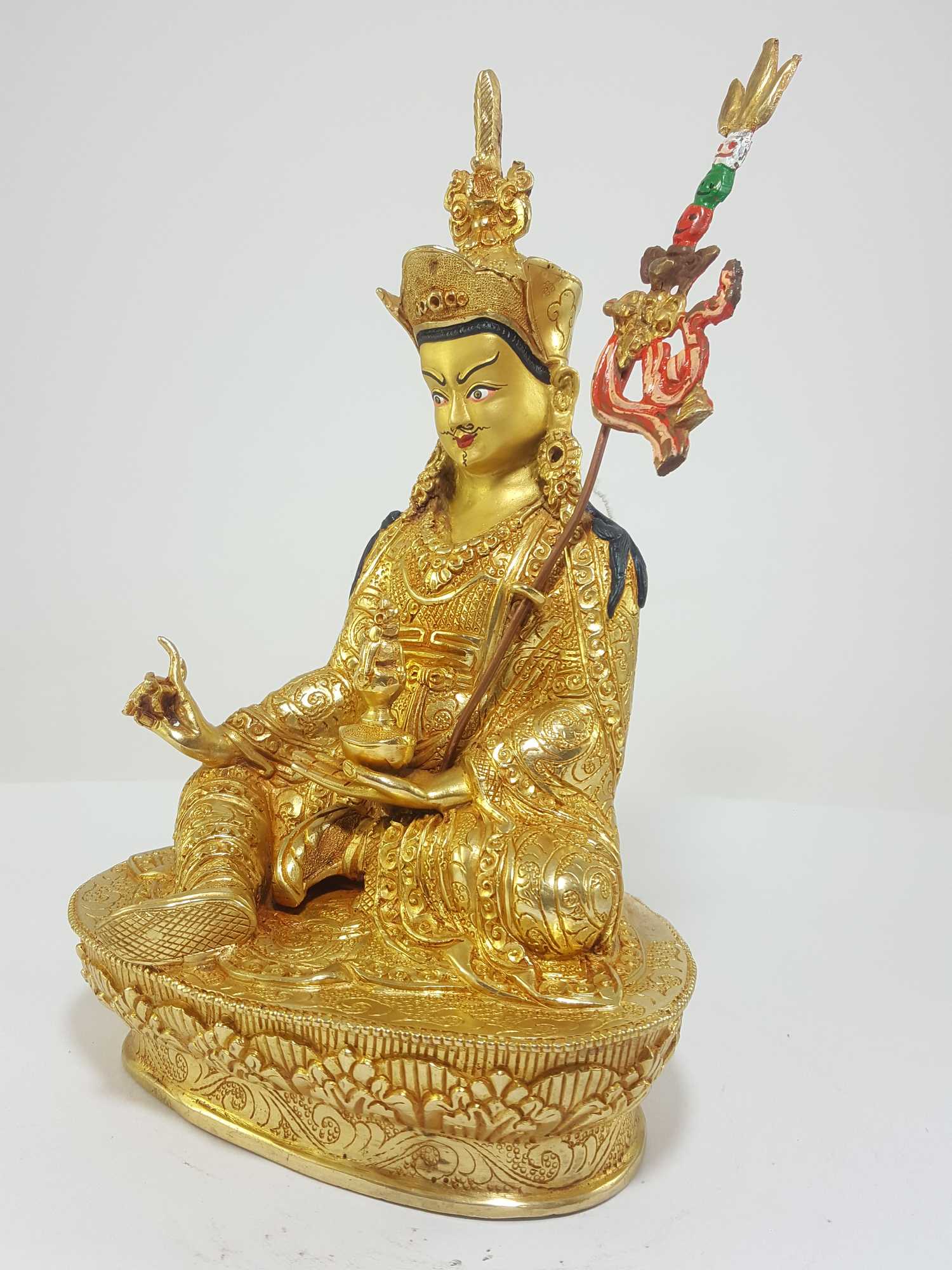 of Padmasambhava
of Padmasambhava 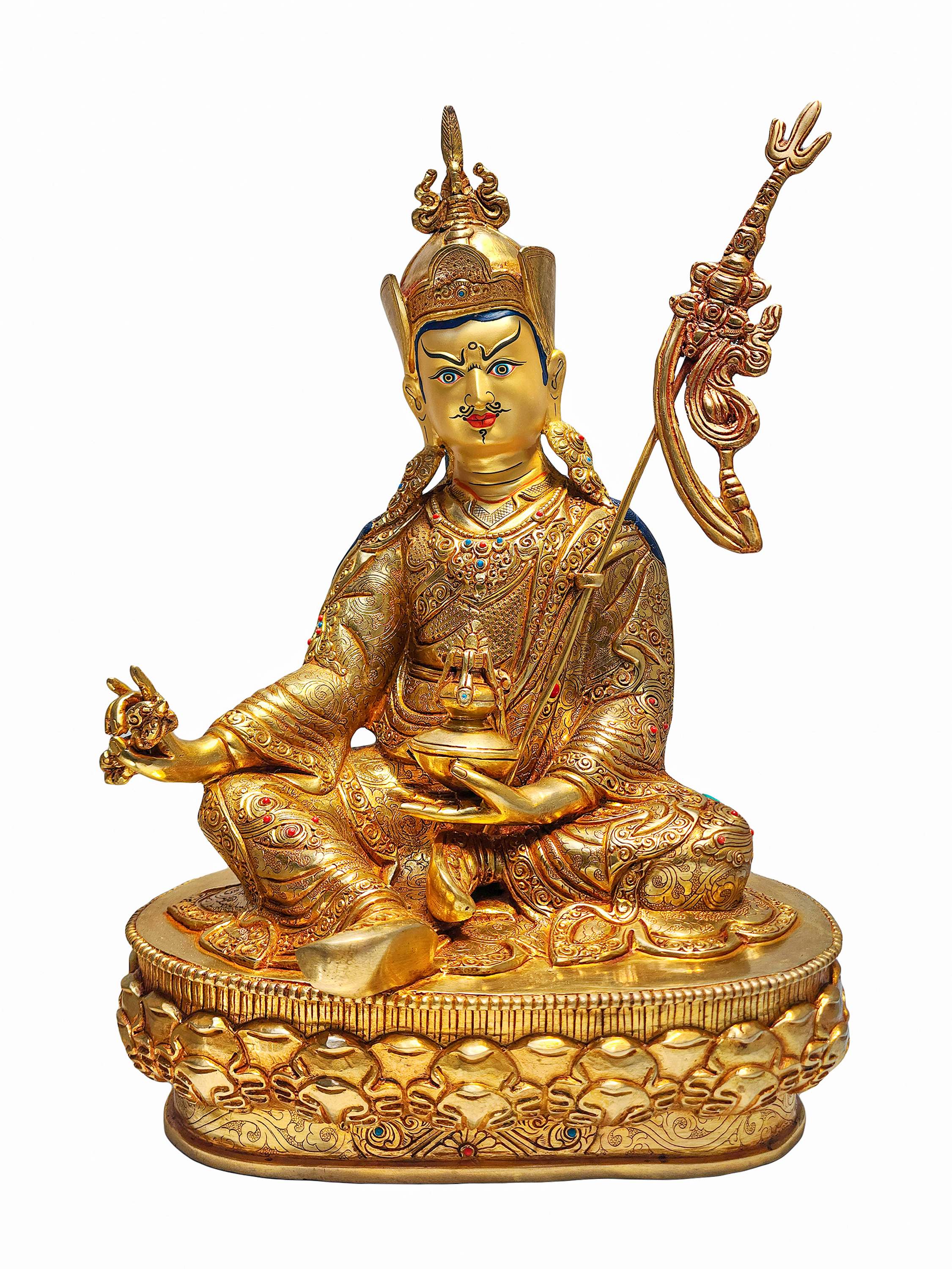 Full Fire Gold Plated,
Full Fire Gold Plated, 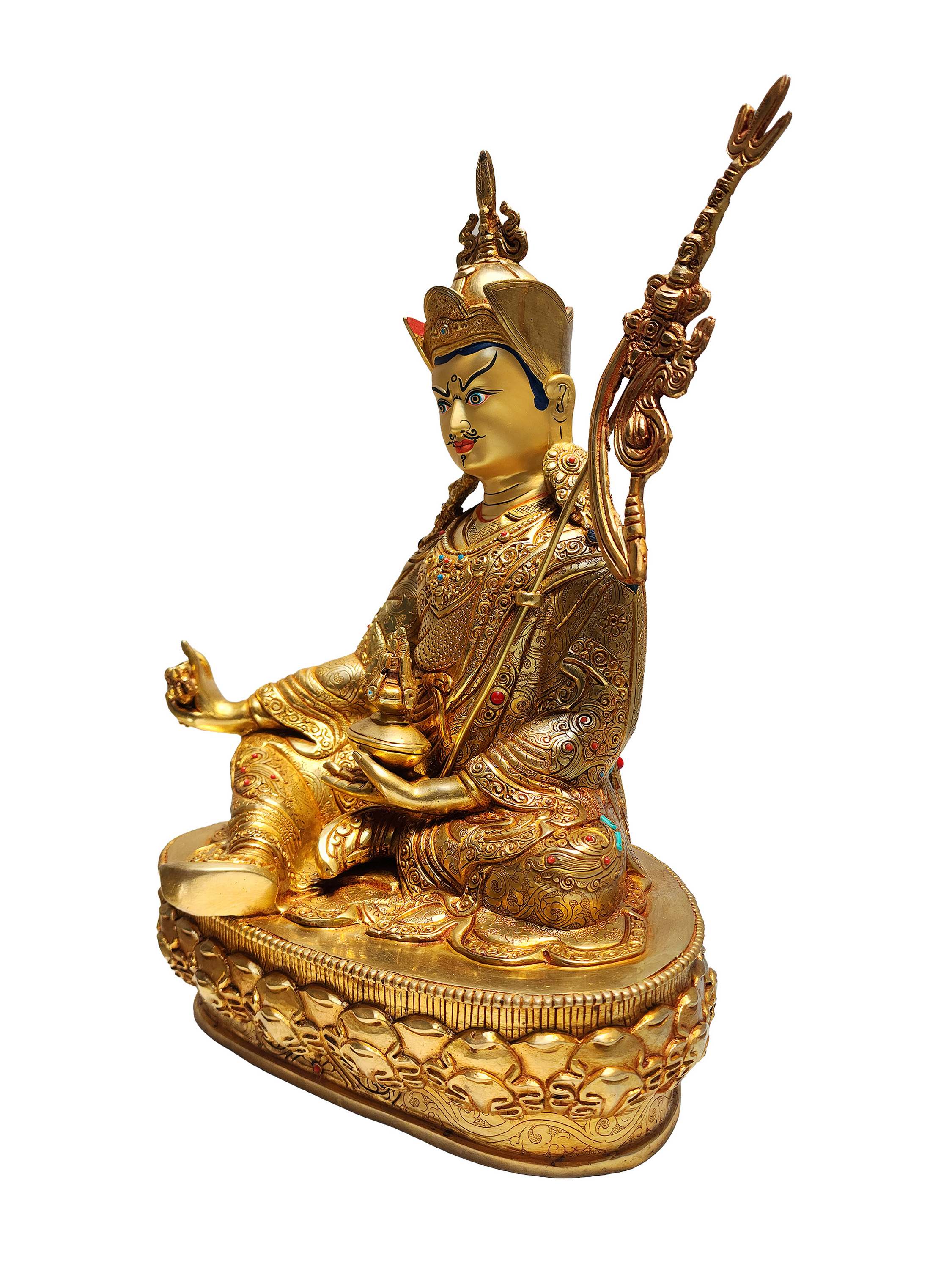 Full Fire Gold Plated,
Full Fire Gold Plated,  Monastery Quality Statue
Monastery Quality Statue  Monastery Quality Statue
Monastery Quality Statue 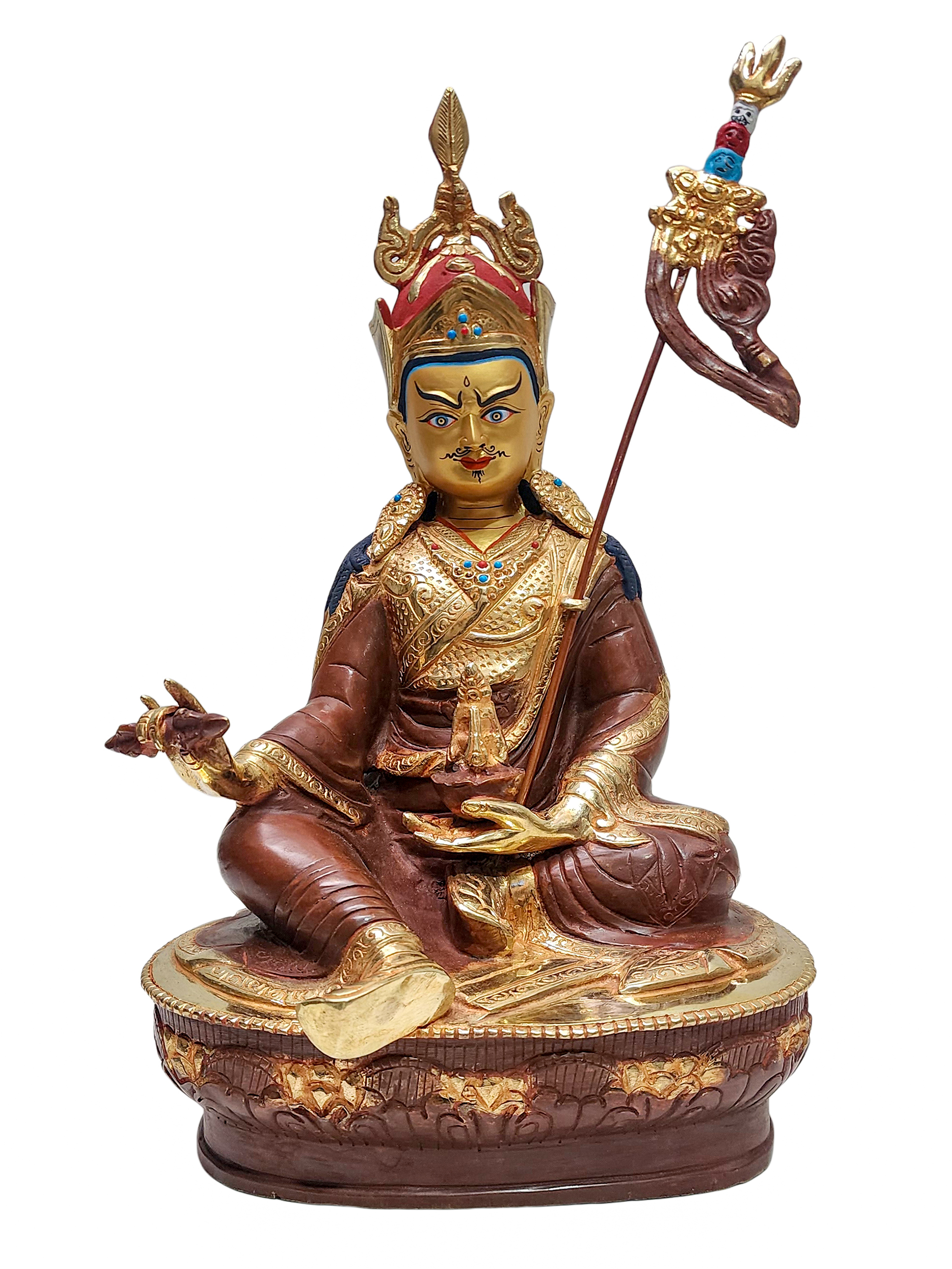 Padmasambhava, Buddhist Handmade Statue,
Padmasambhava, Buddhist Handmade Statue, 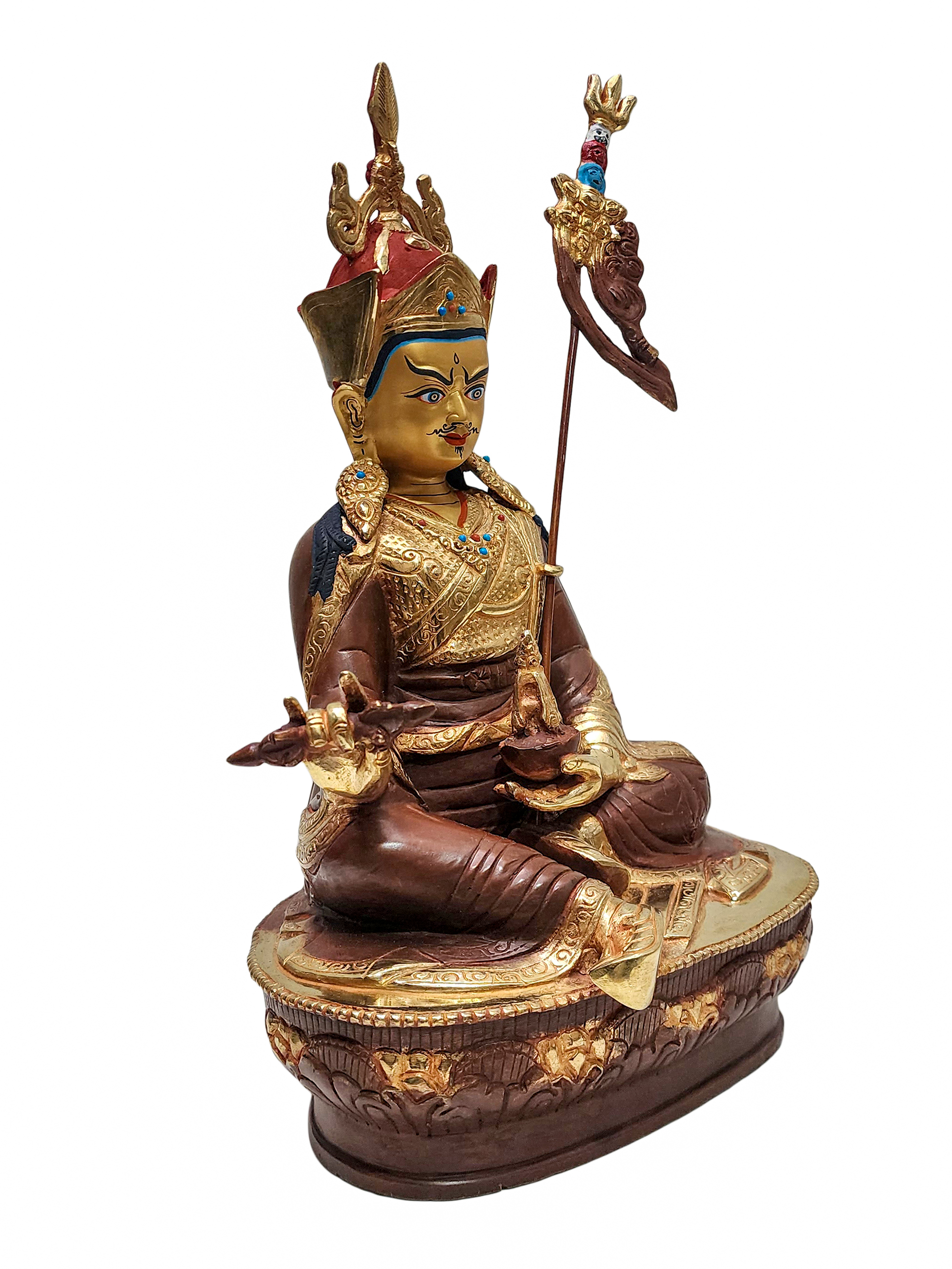 Padmasambhava, Buddhist Handmade Statue,
Padmasambhava, Buddhist Handmade Statue, 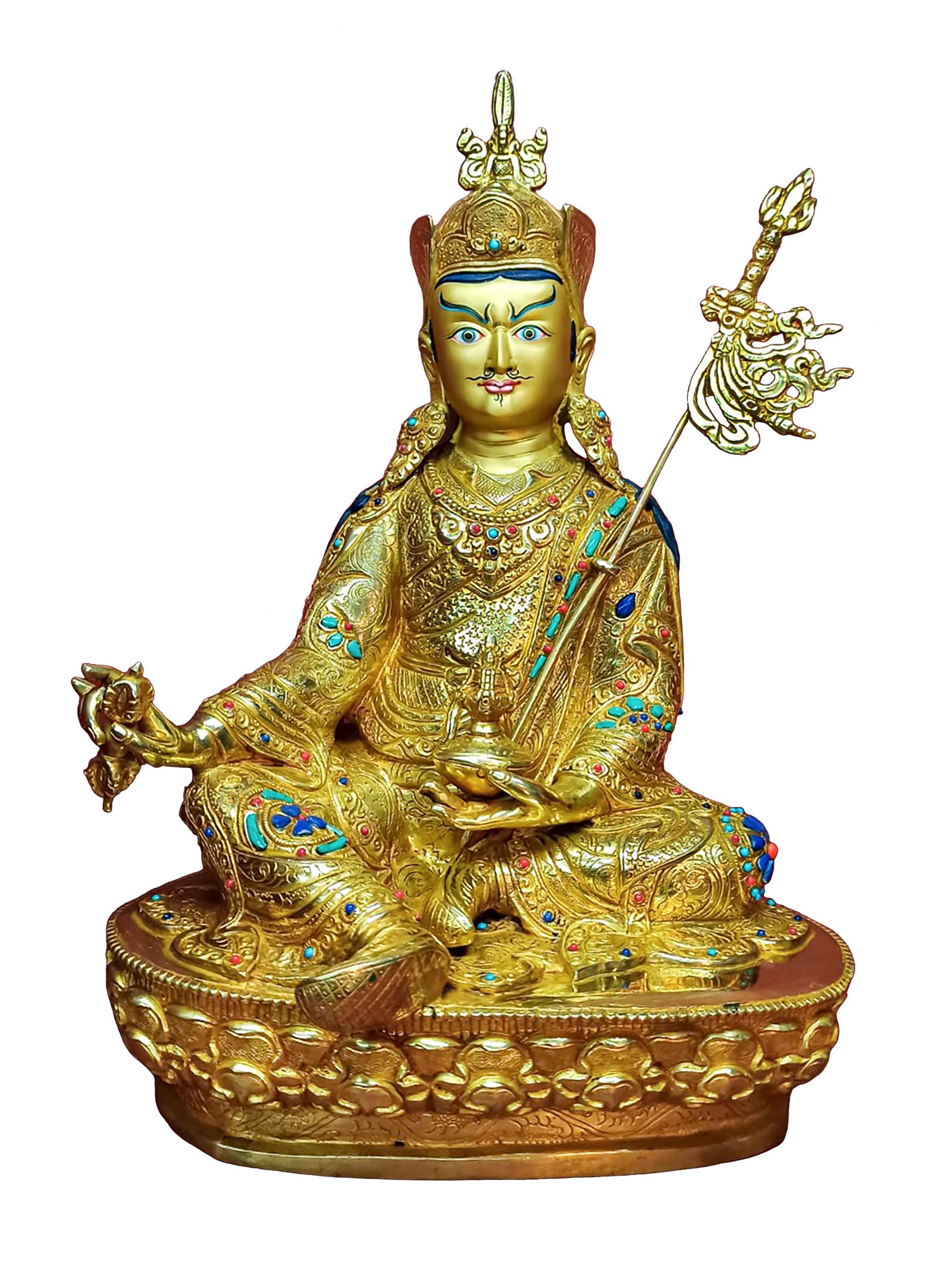 of Padmasambhava
of Padmasambhava 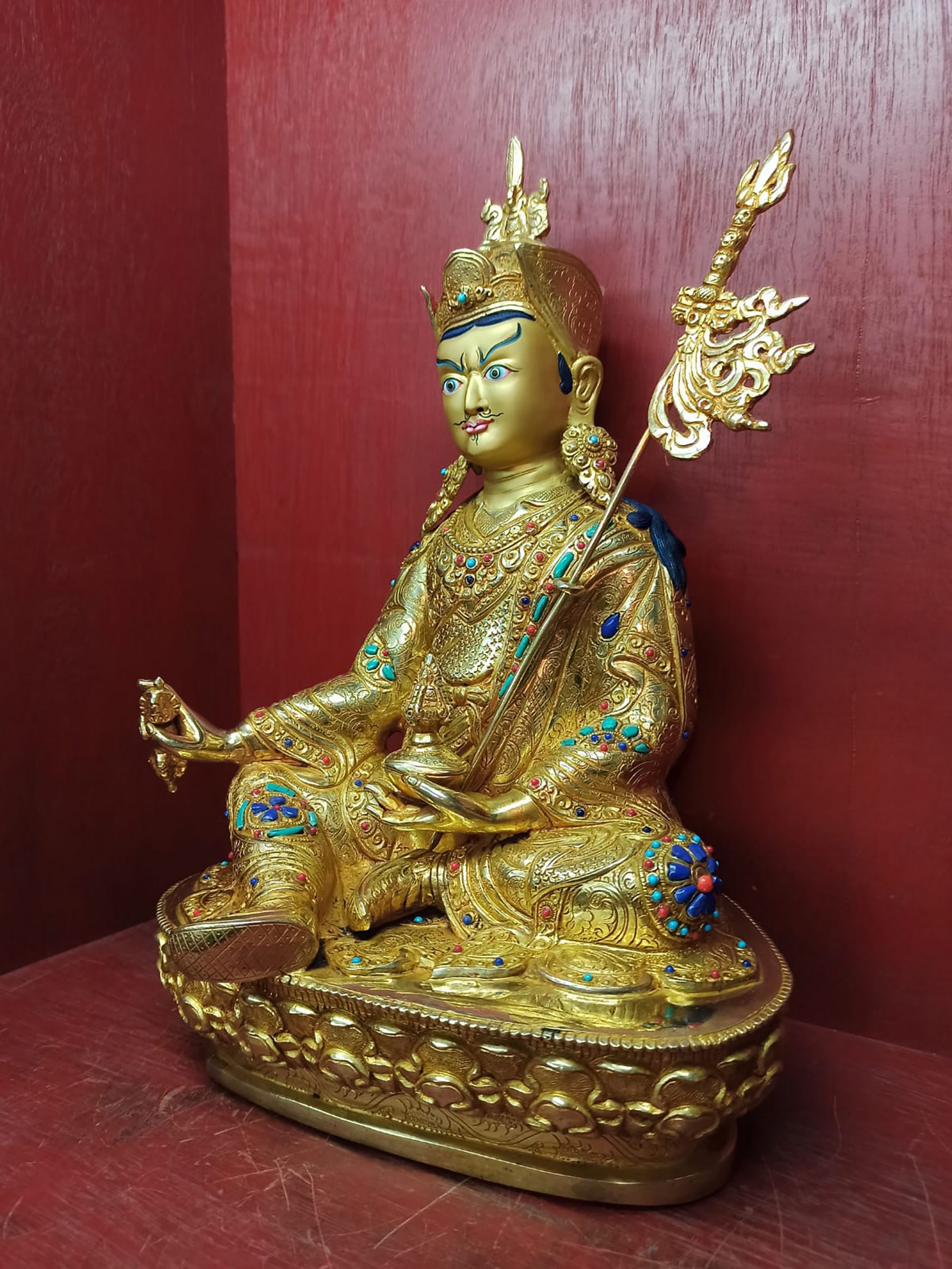 of Padmasambhava
of Padmasambhava 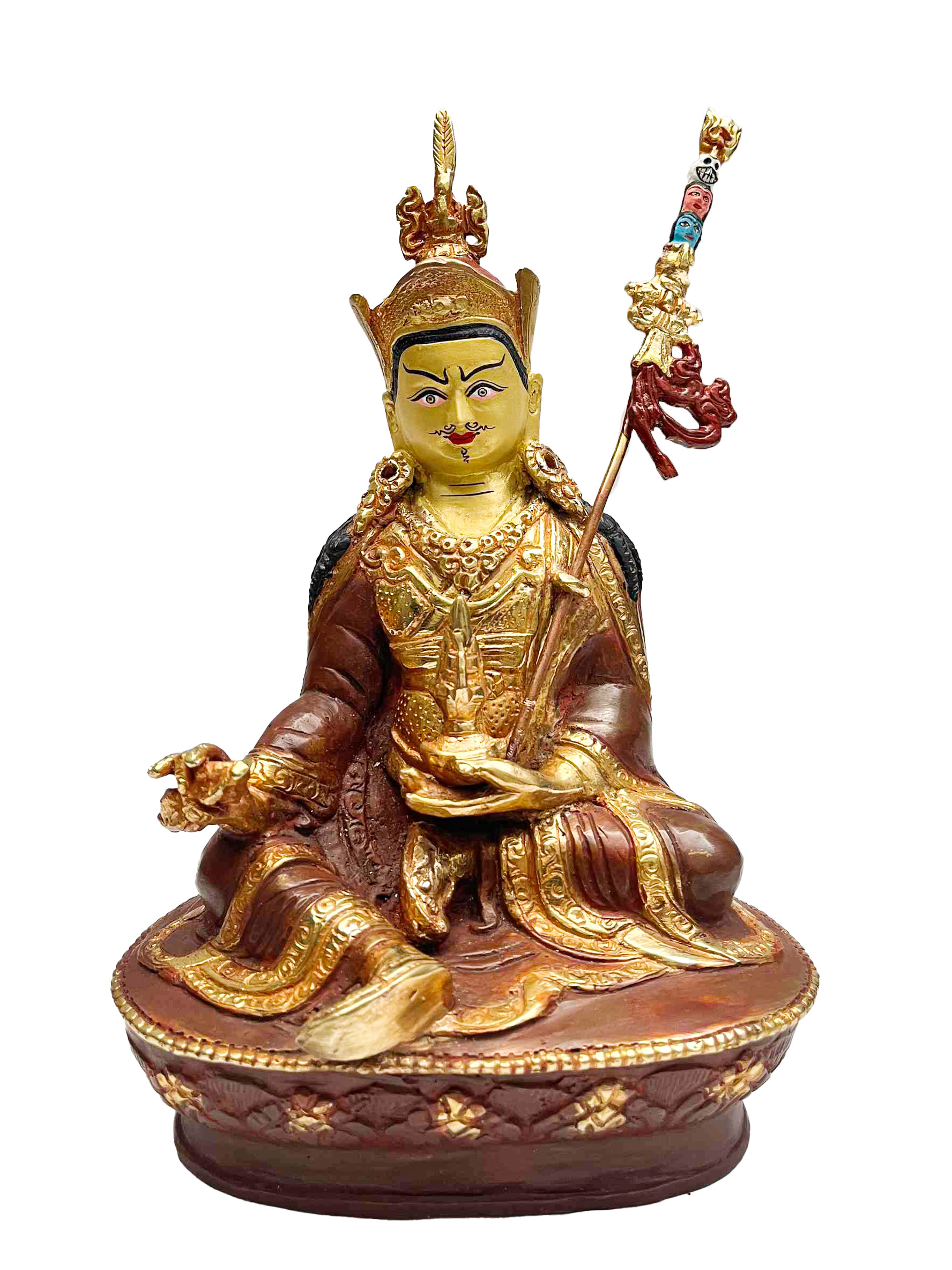 of Padmasambhava,
of Padmasambhava, 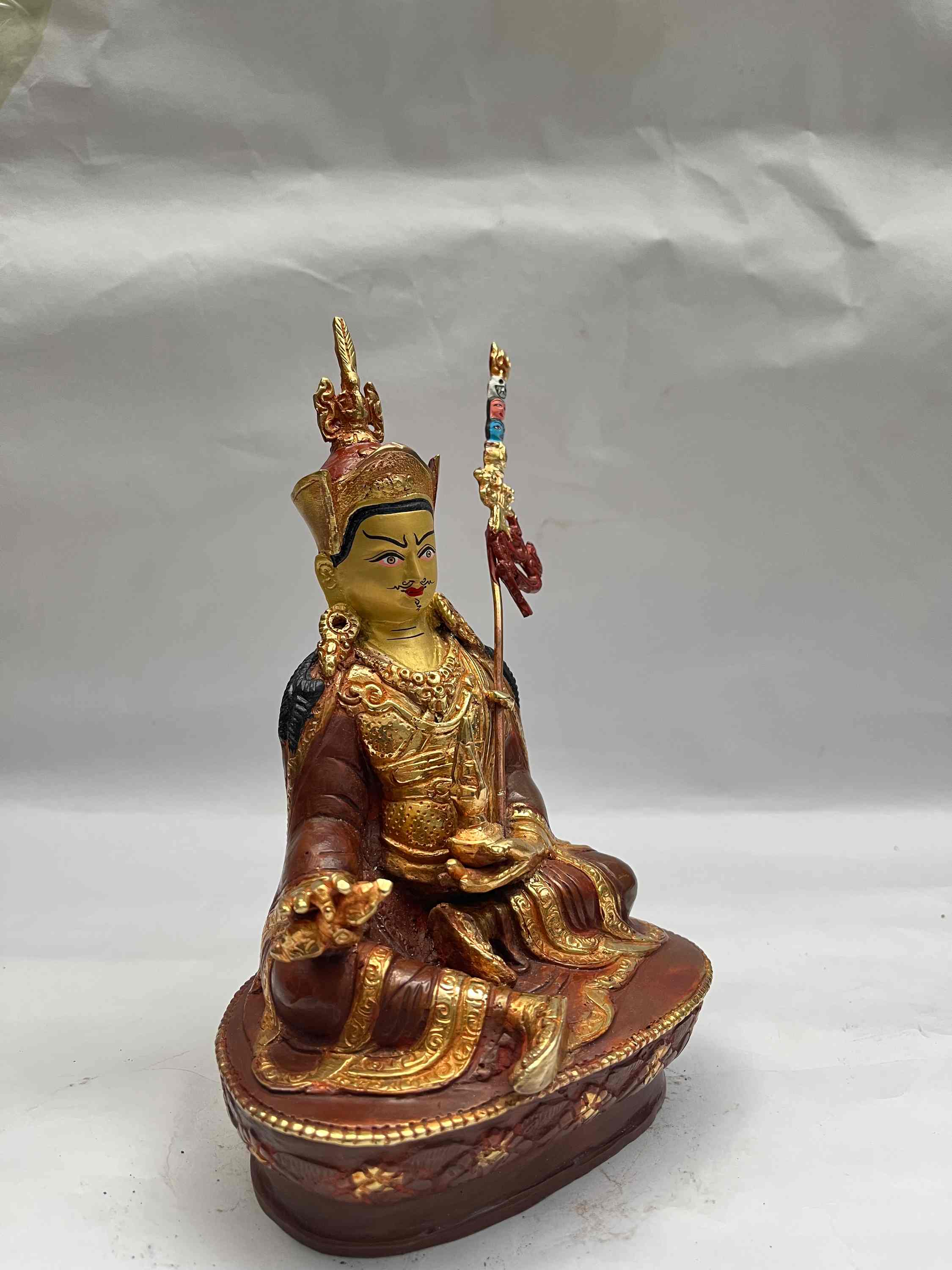 of Padmasambhava,
of Padmasambhava,  Best Price, Padmasambhava,
Best Price, Padmasambhava,  Best Price, Padmasambhava,
Best Price, Padmasambhava,  of Padmasambhava,
of Padmasambhava,  of Padmasambhava,
of Padmasambhava,